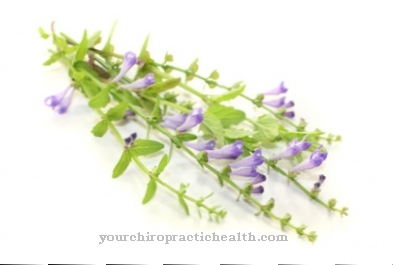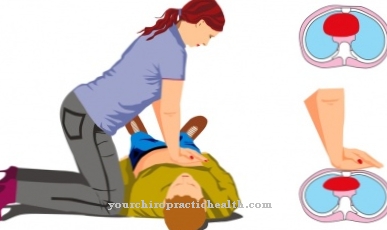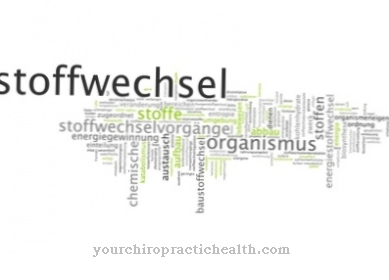The Bracken is a very controversial plant in the herbal pharmacy. However, it is still used as a remedy in alternative medicine. Which ailments the bracken has a healing effect on and which risks have to be considered are questions that must be clarified before taking it.
Occurrence and cultivation of the fern

The Bracken is also under the name Fern root, Real worm fern or Devil's herb known. The fern can be assigned to the plants from the genus of the worm ferns, which are native to the worm fern family. Ferns have been at home on our earth for over 400 million years and are widespread throughout Europe.
Shady forests and humus-rich soils are the perfect location for the fern. The plant itself can reach a height of over a meter and is green until winter. The leaves of the fern root are double pinnate and converge to a point. The leaf stalk is very finely covered with yellow to yellow-brown chaff scales. The fern root blooms between June and September. The fern leaves are also harvested during this period. You can start harvesting the roots from the end of July.
Generally, it is advisable to dig the root out of the ground between August and September. Then the root is stored. There are many ingredients in the fern root that can be used for alternative healing methods. The real worm fern contains tannins, essential oils and starch as well as several butanophloroglucides.
Effect & application
The use of the fern root is very controversial. The fern is generally seen as an ornamental plant and is very delicate to use. Internal use is not easy to implement due to its slightly toxic effect. The fern is used in medicine as an aid to combating worms in the intestine. Because of this, it is not recommended to produce an aid yourself.
External application is all the more simple and effective. The fern root is a well-known remedy in herbal medicine to combat rheumatism and gout. A tincture of the fern root can help with pain in the nerves or with leg cramps. Treatment also has positive effects on varicose veins and headaches, which occur spasmodically. In general, a tincture made from the root of the fern helps.
To make the tincture, the harvested root of the fern is cleaned well and then cut into small pieces. The root pieces are doused with high-percentage alcohol and left to stand for four weeks in a well-sealable container. The tincture is then strained and bottled in a dark bottle. The tincture can be rubbed into the affected area or the tincture can be drizzled onto a cloth and put on the painful area as a compress. The tincture can be kept for up to two years after filling.
After drying, the leaves of the fern root can be sewn into a pillow and thus help to relieve rheumatism and gout. The essential oils unfold and have a calming effect on the body. In older or purulent wounds, the roots of the fern can be infused with the same amount of water as wine. The roots are boiled in it and the wounds can be washed out with the decoction.
Alternatively, a cloth can be soaked in the brew and placed on the wound. Extracts of fern are included in ready-made preparations that are available at pharmacies. Usually these are teas where the fern extract is combined with other medicinal plants.
Importance for health, treatment & prevention
The use of the fern root has long been considered reliable. The plant is said to have not only healing, but also mystical powers. Nevertheless, the magic herb is very demanding to use. In the real worm fern, in addition to the leaf stalks, the rhizome and especially the young plants are poisonous. Therefore, the fern should not be dosed yourself during therapy. Internal use is very rare these days.
If the fern is ingested, then preferably as an extract in a combination preparation. As a component in medicinal capsules, the fern root is supposed to serve as sun protection. However, this area of application has not been fully researched for its mode of action. Even with worms, the treatment should not necessarily be done with the fern root. Modern medicine and research have made drugs available that pose no health risk.
External use is also dangerous. In the event of an overdose, symptoms of poisoning occur. These are initially noticeable as headaches, followed by breathing difficulties and circulatory problems. Dizziness and severe visual disturbances are other side effects that can lead to blindness. Nausea and vomiting occur. Poisoning can also be fatal. The fern triggers strong cramps in the body, which then lead to respiratory paralysis, among other things.
Poisoning occurs in the event of an overdose or too rapid repetition of a treatment with the fern root. After a treatment with the plant, the therapy should be stopped after three days and a longer break must be made between another treatment.
Internal therapy with the fern root should not be used during pregnancy and while breastfeeding. Without medical approval and information, it is generally not advisable to take or use it. In the case of finished preparations, you should definitely seek advice from your doctor or pharmacist to ensure the correct dosage.

.jpg)
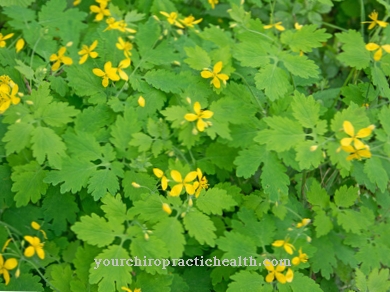
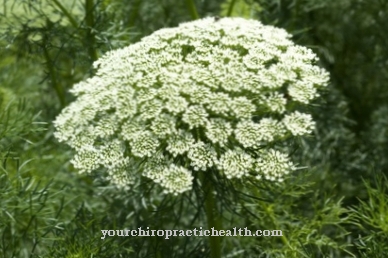

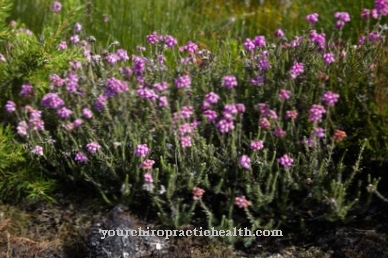
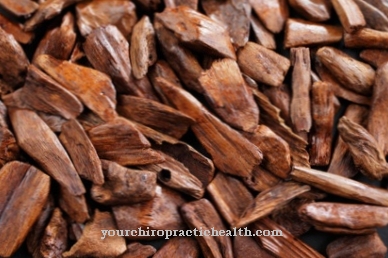



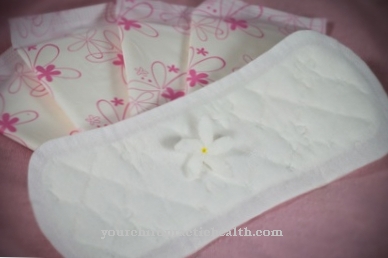
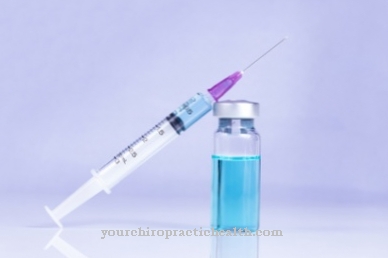



.jpg)
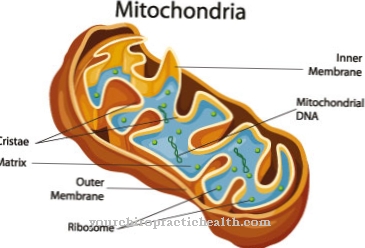
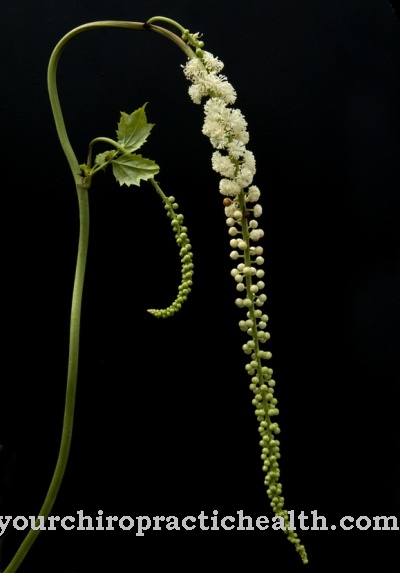

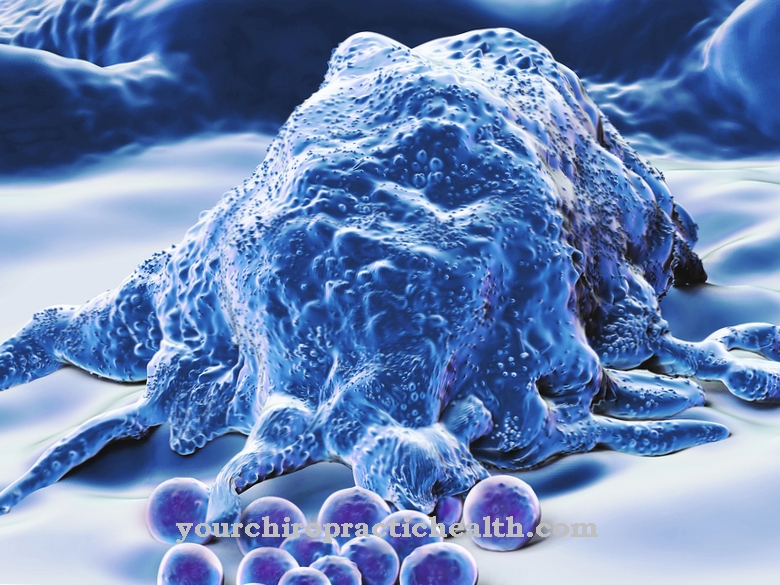
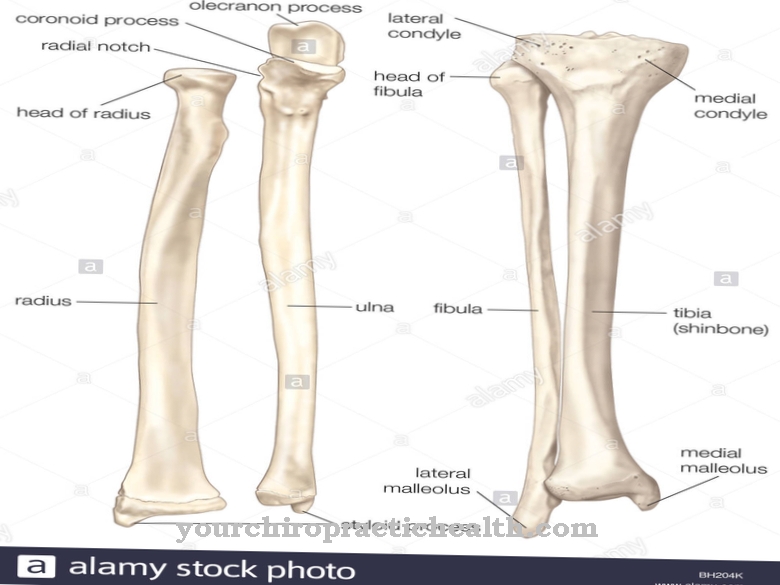
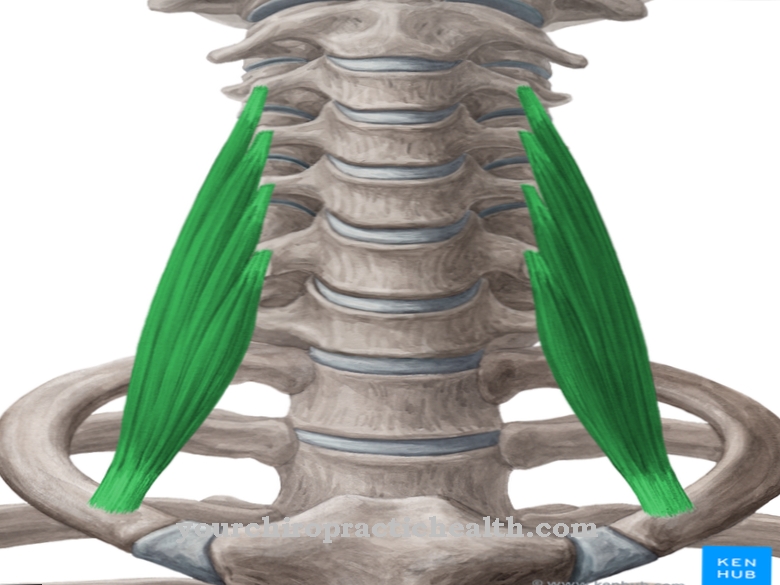
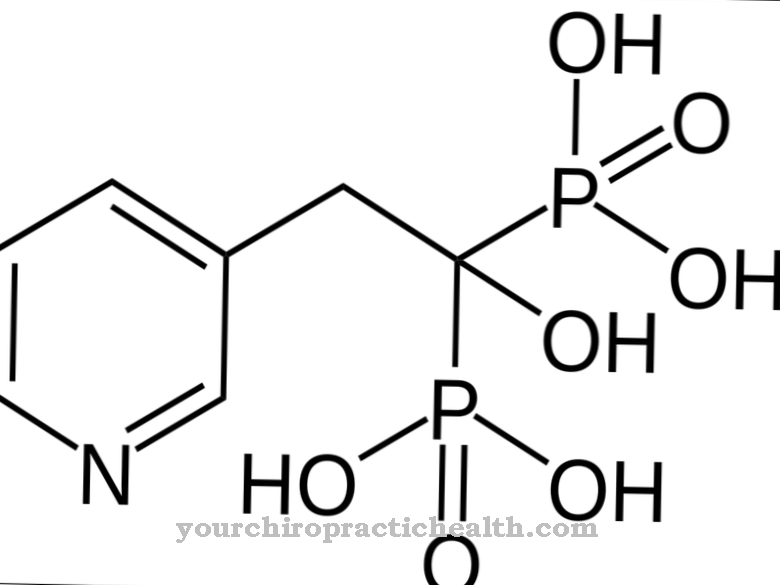
.jpg)
